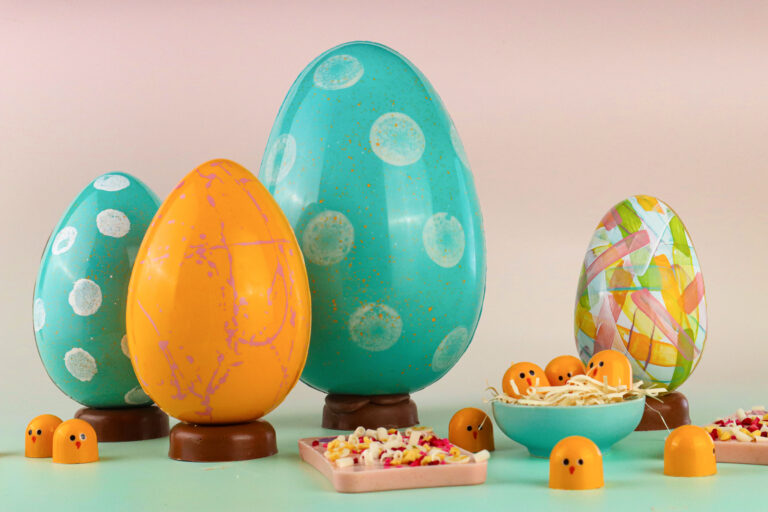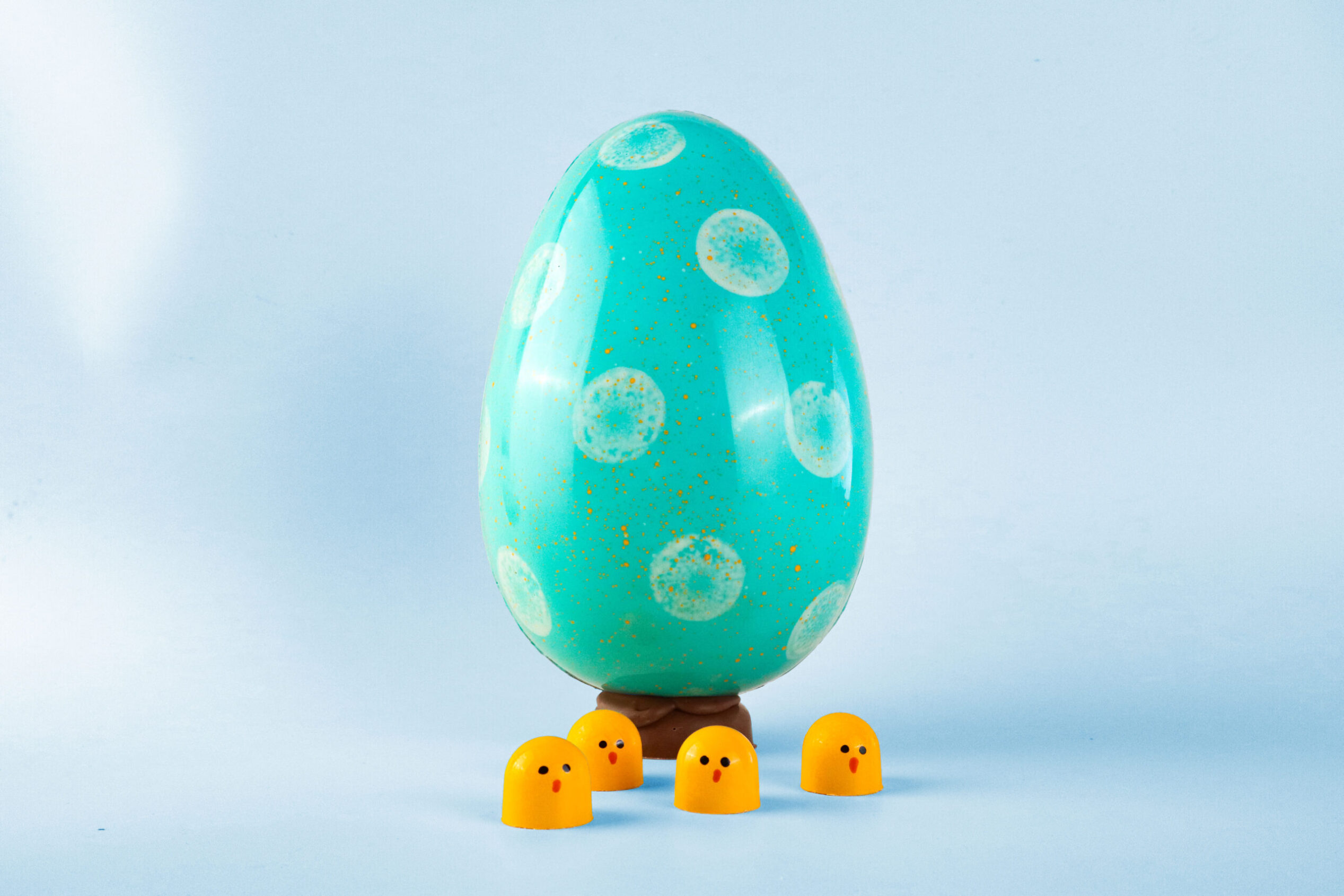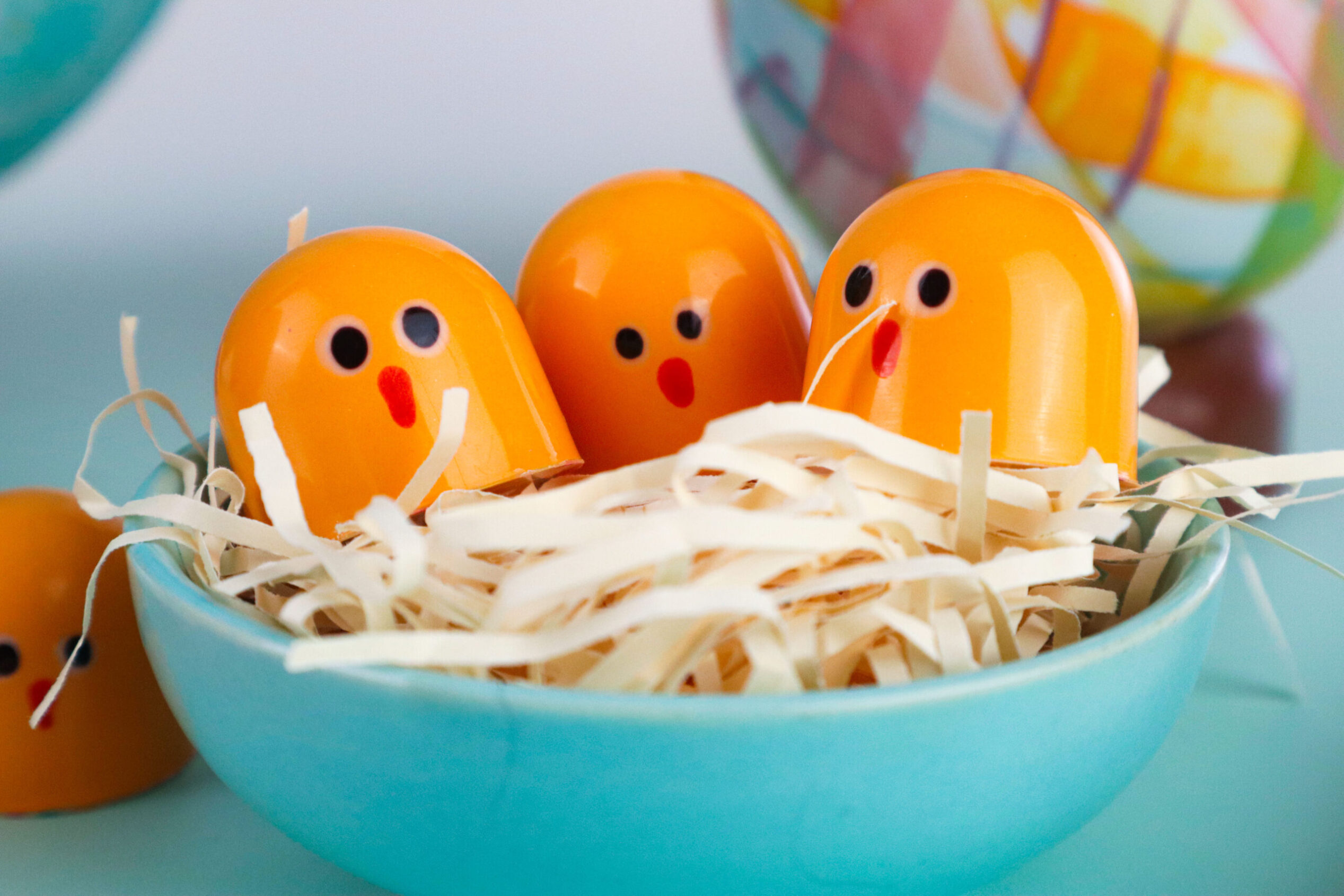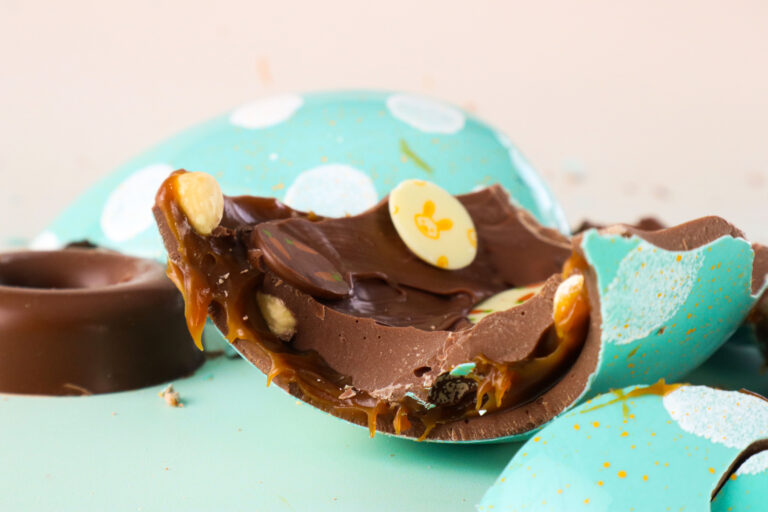Easter and Chocolate: A Tale as Old as Time
Posted: 26 Jan 2024

Equinox to Easter: How the Chocolate Egg Became Synonymous with Spring
Easter has been associated with nature ever since it was first celebrated, back in 325AD. And before that, the spring festivals it came to replace were all about new life, sunlight and the changing seasons. So, it makes perfect sense to symbolise the holiday with an egg. But how chocolate became the go-to gift each Easter is a gripping (lamb’s) tale.
Let’s take a look back at how the Easter bunny came into existence and why chocolate is so synonymous with our spring festivities.
by Lyndsey Hall
26 January 2024
Pascha, Paques, Eostre, Easter
Most European countries took the name for their spring festival from the Jewish holiday of Passover, which is why in France it’s called Paques, in Italy it’s Pasqua, and in Greece it’s Pascha. Britain and Germany, on the other hand, took inspiration from Eostre, the Anglo-Saxon goddess of spring or renewal.
Eostre, known in Germany as Ostara (where Easter is called Ostern), stems from the Proto-Indo-European word for ‘dawn’ or ‘daybreak’. In modern English, ‘east’ also comes from the same root, via the Proto-Germanic word for ‘towards the dawn’.
According to the Venerable Bede, the 8th century English monk who wrote about Eostre in his work The Reckoning of Time, feasts would be held in Eostre’s honour during the month of April. So, it’s clear to see where the roots of our modern-day celebrations began, but how did eggs come to feature so prominently?


Easter Bunnies, Chicks and Painted Eggs
Eggs have always been a symbol of new life, for obvious reasons. During the Middle Ages it became fashionable to decorate boiled eggs during Holy Week and eat them as a treat after mass on Easter Sunday, celebrating the end of Lent and weeks of fasting.
The first mention of rabbits in connection with Easter was in an 18th century book by a German professor of medicine. In it, he describes a folklore tale in which hares would hide coloured eggs for children to find, which is thought to be the first depiction of that classic spring pastime, the Easter egg hunt. Rabbits and hares were already connected to the goddess Eostre, and considered symbols of fertility and springtime, so the idea of an Easter bunny was a natural progression.
Decorating eggs is still popular in many European countries around Eastertime, whether hard-boiled, blown or even plastic. In the early 20th century, the eggs were made from papier-mâché and filled with gifts, but it wasn’t long before these eggs turned into sweet treats and Easter, as we know it, was born…
How Chocolate Came to Be Associated with Easter
Chocolate had been introduced to Europe in the 1500s by the Spanish conquistadors who brought it back from South America. It was initially a dark, bitter drink—sometimes mixed with chilli pepper and vanilla—that the Aztecs and Mayans revered. You can read more about the origins of chocolate in our post The Royal History of Chocolate.
In Europe, it was considered a luxury and enjoyed only by the wealthy nobility.
It wasn’t until the early 18th century, English and Dutch chocolate makers added sugar and milk to the chocolate, still in liquid form, to create an early version of the hot chocolate drink we know and love today. Fry’s of Bristol created the first modern, solid chocolate bar in 1847, by combining cocoa powder produced using the new Dutching process invented by Coenraad J. Van Houten, with cocoa butter.
The first chocolate Easter eggs appeared in France and Germany in the 19th century, starting out as solid chocolate shapes before eventually becoming hollow, as techniques were improved. The first hollow chocolate Easter eggs sold in the UK were created by Fry’s in 1873, who combined cocoa butter, cocoa powder and sugar to create a couverture chocolate that could be poured into moulds and would set firm. The earliest British chocolate eggs used dark chocolate and were filled with dragées, a shiny confection like sugar pearls. They also featured the classic ‘crocodile’ effect on the shells, which helped to hide any cracks or imperfections.
Two years later, Cadbury copied Fry’s hollow egg, and from there chocolate eggs and other hollow figures became a common sight in confectionery shop windows, particularly at Easter and Christmas. Chocolate was still quite a luxury, despite being increasingly accessible and affordable, and was a popular gift for special occasions.

And not much has changed since then! Chocolate is still an affordable indulgence and a hugely popular gift at Eastertime, whether in egg form, the shape of a bunny or even a simple bar or bonbon.
Get ahead this year with our Easter product showcase, jam-packed with inspiration to create your own eggcellent Easter range!

Lyndsey is a marketing executive, writer and lover of books and chocolate from Sheffield.
Her favourite chocolate is Cacao Barry Lactee Superieure.
.svg)

